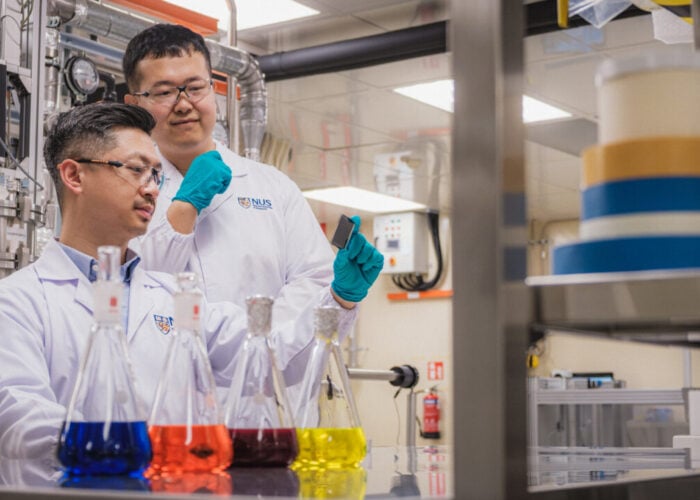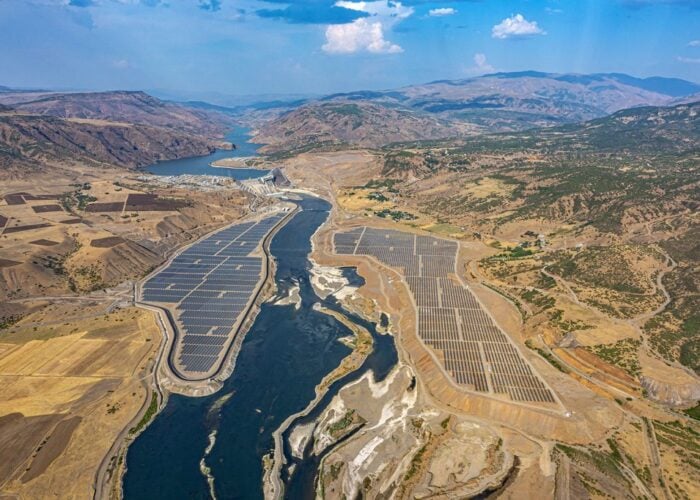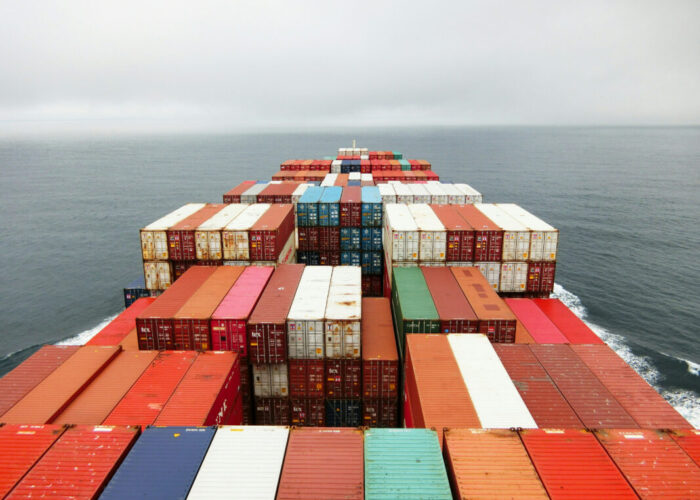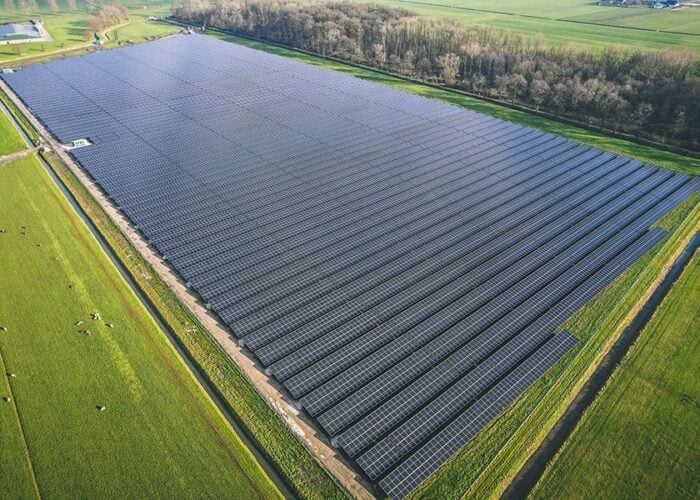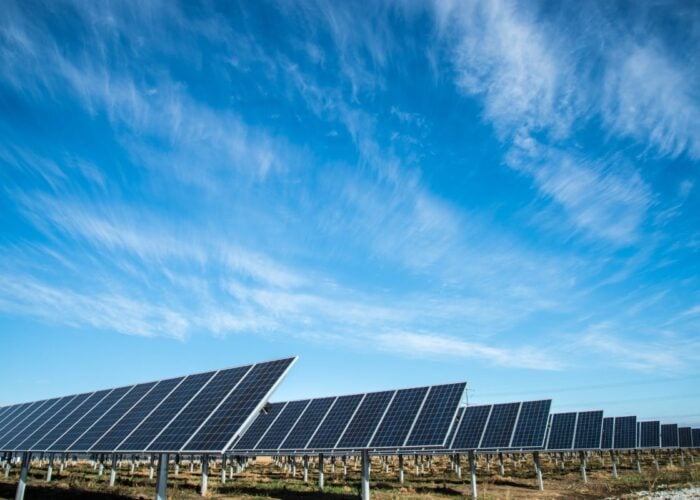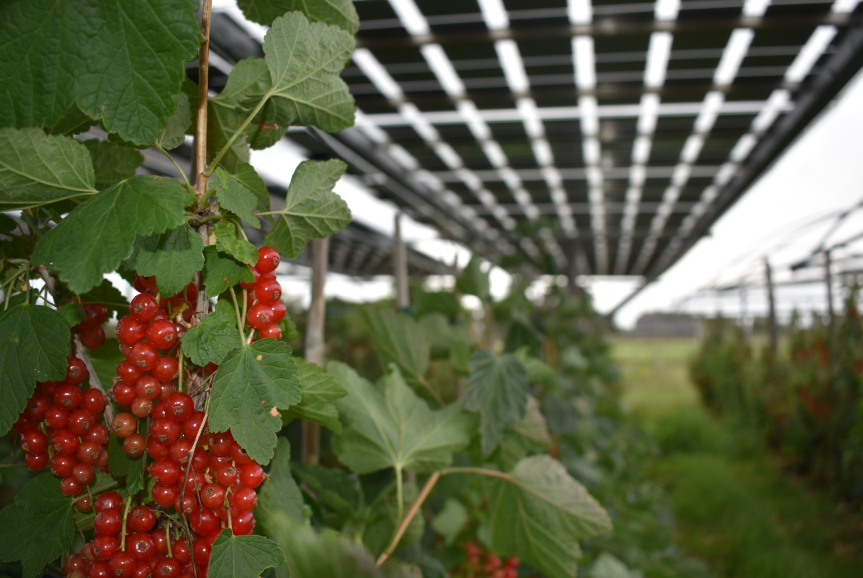
The European Commission has signalled that it wants to use its net zero emissions target to stimulate a post-pandemic economic recovery. The institution revised its industrial strategy earlier this month with a special mention of solar PV, and has backed an initiative to support the build-out of a domestic manufacturing sector. Solar distributor BayWa r.e. said earlier this month it had an “unusually strong” start to the year thanks to rising demand for modules in Europe. Trade association SolarPower Europe has said that 2020 was the strongest growth period for solar capacity in almost a decade, with 18.7GW of installations added, led by Germany and the Netherlands.
However, industry leaders say more still is needed to ensure a smooth energy transition and meet net-zero targets. Germany is aiming to reach 98GW of installed solar by 2030, up from the current level of approximately 54GW, but the German Renewable Energy Federation has said that government plans to more than triple the PV capacity included in next year’s auctions are still “not sufficient”. France’s government has called for 44.5GW of solar to be installed in the country by 2028, but figures from trade body SER have warned that the country must double its current installed PV capacity by 2023 to meet future targets.
Unlock unlimited access for 12 whole months of distinctive global analysis
Photovoltaics International is now included.
- Regular insight and analysis of the industry’s biggest developments
- In-depth interviews with the industry’s leading figures
- Unlimited digital access to the PV Tech Power journal catalogue
- Unlimited digital access to the Photovoltaics International journal catalogue
- Access to more than 1,000 technical papers
- Discounts on Solar Media’s portfolio of events, in-person and virtual
In Turkey, solar capacity deployment has started slowing down, with just 250MW added last year. Özge Özeke, secretary general of the Turkish non-profit think tank solar 3GW, says that the industry’s greatest challenge right now is the “reluctance of the government to grant new capacities for solar power”.
A common theme has started to emerge across Europe, where urban areas are ever expanding, and agriculture and protected woodland dominate much of the continent’s land use. Alexandre Roesch, who became SER’s CEO in 2017, says that things are starting to move in the right direction, but “access to land” remains one of a handful of challenges for developers looking to install more solar capacity.
“We observe on the market that access to land is clearly a bottleneck today”, he said. Clearly, the industry needs solutions to land scarcity if Europe is to meet its solar targets.
Agrisolar
Combining existing farmland with new solar technology has become a popular solution amongst industry associations, and agrisolar developments have both become more common and piqued the interest of multinational investment vehicles. Construction is set to begin on two community solar parks in eastern Spain, for example, to assess the systems’ impact on cultivating tropical fruit. Solar services provider Greencells formed a joint venture with Italian developer Renewable Consulting last month to develop a 350MWp agro-solar project portfolio in Pugila, while German renewables group BayWa r.e. is building out an agroPV project in the Netherlands that combines solar with redcurrants. French energy giant EDF, meanwhile, is now working with Cero Generation, part of Australia’s Macquarie’s Green Investment Group, to acquire a French agrophotovoltaic developer with a 2.4GW solar portfolio.
SER published a report in December last year, exploring several examples of agrisolar systems. The report takes in case studies from a variety of land uses including greenhouse fruit and vegetable cultivation, vineyards, rooftop installations for farm buildings, fisheries and sheep breeding.
Roesch said that the trade body has “tried to show some good examples of how we can do so on agricultural land, and we have been inviting different representatives from the agricultural sector.” The case studies include innovations such as multi-chapel greenhouses fitted with solar panels in a way to ensure there is “sufficient minimum light” for the crops cultivated. Another case study demonstrates agricultural shutters for vineyards, that include a raised structure that allows machinery to pass under, and with modules that can be moved to shade crops when necessary and, SER claims, could preserve or even “improve agricultural yield compared to a similar plot”.
“We believe that solar, but also other renewables, can be a very interesting compliment in terms of revenues,” Roesch said, ensuring that existing core activities on the land can be maintained.
In Italy, industrial lands are still favoured, says Paolo Rosco Viscontini, the president of Italia Solare, as it is much harder to gain approval to install on agricultural land. Gaining approval for using industrial land, however, takes about 12 months. A recent study by Aurora Energy Research expects new unsubsidized solar PV capacity in Italy to grow to 5 GW by 2025, 12 GW by 2030, 32 by 2035, and 57 GW by 2040. Viscontini says that this should be “even higher”, as the country would need to reach 240GWp overall by mid century to support its net-zero emissions target. If authorisation processes for deploying solar on agricultural land can be solved, he says, “this can absolutely be reached”.
The trade body has recently started to lobby the new Draghi government, which came into office in February, to demonstrate how simplifying the bureaucratic authorization processes will increase PV installations across the country.
Utilising rooftops and industrial land
Viscontini also says improvements must be made to the FER1 Decree, which grants incentives to renewable energy systems that are installed on industrial lands and rooftops. He says that the industry needs “more simplification to increase the applications, that are definitely too limited.”
In the Netherlands, trade body Holland Solar has been lobbying frequently for the government to invest in strengthening support structures in buildings so they can take the weight of panels.
Building regulations in the Netherlands have allowed building developers to build constructions that can bear the weight of a good amount of snow or rain, says policy officer Nold Jaeger, “but that simply doesn’t allow for the constant weight of a solar system.”
This is especially true of larger flat-roofed commercial buildings, which can become greater platforms for solar installations. Jaeger says that ensuring commercial rooftops can take the weight of solar rooftops should be a priority, although ground-mounted solar will still be essential for the Netherlands to reach its climate goals.
“This does require the government to concretely change it policies so that future buildings are all constructed solar proof and that existing buildings can be renovated in such a way that they are able to carry the weight of large solar installations.”
Some industry insiders have decided to turn a profit by solving the commercial rooftop issue with new, think-film solar technology. Jo Parker-Swift launched solar installer Solivus in 2016, working with both residential and commercial property owners to fit organic thin-film solar panels on rooftops and over carports that would not otherwise be able to bear the weight of a traditional system.
“It didn’t make any sense to me why you would have these big factories without solar”, she said, adding that there are “huge costs to bolstering up these structures to enable solar”.
Today, the company has exclusive rights to distribute Heliatek solar films in the UK, and also global exclusivity for installing solar systems in sports stadiums and arenas. The company uses a number of financial models in its electricity contracting, from power purchase agreements (PPAs) to leasing models that make the electricity prices “competitive” against the grid. Currently, though, the main challenge Parker-Swift’s team faces is the sheer cost of producing thin-film, lightweight panels that are new to the market, which is why the company specialises in catering for buildings that would need extensive refitting to take the weight of traditional solar. “We are competing with grid prices,” she says, adding that the company can’t currently compete with the price of conventional solar. As a result, the present solution is to target property owners shut out from the mainstream technologies.
Matt Black, a non-executive director at Solivus and the recently appointed chair of trade body Solar Energy UK, said that while there has been a surge in deployment in utility-scale and residential solar, “the commercial and industrial market has got some way to catch up to be able to fulfil its potential, but I think that it’s great now that more and more businesses are recognising the benefits of on-site generation.”

